This article was medically reviewed by Luba Lee, FNP-BC, MS and by wikiHow staff writer, Eric McClure. Luba Lee, FNP-BC is a Board-Certified Family Nurse Practitioner (FNP) and educator in Tennessee with over a decade of clinical experience. Luba has certifications in Pediatric Advanced Life Support (PALS), Emergency Medicine, Advanced Cardiac Life Support (ACLS), Team Building, and Critical Care Nursing. She received her Master of Science in Nursing (MSN) from the University of Tennessee in 2006.
There are 15 references cited in this article, which can be found at the bottom of the page.
This article has been viewed 12,783 times.
It’s normal for everyone to perspire, but sweaty legs are uncomfortable and can lead to some embarrassing sweat stains. Luckily, there are several easy ways to reduce the amount of sweat you experience. If you tend to sweat when your legs are hot, use antiperspirant wipes, deodorant, and opt for breathable cotton clothing. If you tend to sweat when your legs rub against one another, reduce the friction with anti-chafing cream and bike shorts. Once you find the right combination of clothing and topical powders or creams, you can go out into the world feeling confident that your legs will stay dry!
Steps
Keeping Your Legs Cool
-
1Pick clothes made out of breathable cotton to air your legs out. If your legs sweat when it gets hot out, opt for soft cotton fabrics instead of heavy polyester or synthetic materials. Choose thinner cotton fabrics whenever possible. This will help your legs breathe, which will greatly cut down on how much sweating you experience over the course of the day.[1]
-
2Wear looser, shorter clothing to help your legs breathe during the day. If you can, wear shorts, dresses, or skirts instead of pants. Stay away from skin-tight pants and underwear and opt for baggier, more comfortable options. This will increase the amount of air your legs get, and more air means less sweating.[2]
- Wear long-leg boxer briefs instead of short underwear to protect your legs from friction.
Tip: You may not be able to do this if you’re going to work or a formal event. However, wearing shorter or baggier clothes and changing later is a great way to cut back on sweat before you need to change.
Advertisement -
3Wipe sweaty legs with an antiperspirant wipe to absorb and prevent moisture. Antiperspirant wipes are soft disposable towelettes with antiperspirant soaked into the material. To apply the antiperspirant wipes when you’re sweaty, rub the affected area with a dry paper towel or washcloth. Then, blot the area with your towelette. Alternatively, you can blot your legs before you sleep or go out to prevent sweating in the future.[3]
- Antiperspirant wipes typically need to air dry before you can put clothing on or go to sleep.
-
4Use a clear deodorant if you start sweating when you’re already out. Keep a stick of clear deodorant in your bag or pocket when you head out to see friends or go to work. If you start sweating and get worried about the sweat soaking through your clothes, head to the bathroom and dry your legs off. Then, rub your standard deodorant gently over the affected area.[4]
- If you can get a prescription for it, deodorants made with aluminum chloride are particularly effective at blocking sweat.[5]
- If you use a dyed or white deodorant, it may change the color of your clothing.
- This is not the ideal way to stop leg sweat, but it’s the easiest way to prevent it from soaking through your clothes when you’re out and about.
-
5Trim your pubic hair to reduce the temperature near your groin. Hair is designed to insulate your skin and make it harder for sweat to dissipate. As a consequence, it increases the temperature and makes sweat build up around your legs. Trim your pubic hair to greatly reduce how much sweat you experience in your groin area over the course of a day.[6]
Reducing Friction and Repairing Skin
-
1Throw on some moisture-wicking underwear to keep sweat off. Moisture-wicking underwear is made out of a specially-designed fabric that keeps your groin dry. Even if you do sweat, the underwear will absorb the sweat and dry out quickly. This is a great way to keep sweat from building up over time, especially if you tend to sweat a lot around your thighs.[7]
- There are several brands of moisture-wicking underwear that are designed for both men and women.
-
2Wear bike shorts with a rash guard if your main issue is chaffing. If you tend to sweat a lot when your thighs rub against one another, wear bike shorts with built-in padding under your pants, dress, or skirt. These shorts have large pads on the inside of the thighs that reduce friction when you ride a bike, but they can also keep your legs safe while you walk or run.[8]
- If you struggle with sweaty legs when you go running, this is the best way to keep your legs dry as you work out.
-
3Use an anti-chafing cream or lotion to prevent irritation. Get an anti-chafing cream or lotion and rub it into the inside of your thighs. Legs often sweat as the friction between your legs generates heat. Anti-chafing cream or lotion will reduce the amount of friction, which will cut back on the amount of sweat your legs produce over the course of the day.[9]
- This will not help if you’re already sweating, but it’s a great way to prevent sweating from occurring in the first place.
- You may also use baby powder on your legs and groin area to prevent chafing and sweating.
-
4Rub skin healing cream into your legs before you sleep each night. Healing cream is a general category of skin-care products that help repair skin. To repair your chaffed skin, get a healing cream with anti-inflammatory ingredients. Before you go to sleep, rub some healing cream into your legs to moisturize and heal them. As you sleep, the healing cream will reduce any inflammation from chaffing and strengthen your skin after being exposed to sweat from the previous day.[10]
- These creams often have aloe vera, vitamins, and zinc in them to replenish your skin.
Tip: Doing this every day for a few weeks can drastically cut back on the amount of sweating you experience when you’re moving around during the day.
Trying Other Strategies
-
1Sprinkle cornstarch onto your legs to keep your skin dry. Cornstarch removes moisture and deters sweat from forming in the first place. To stop sweaty legs in their tracks, sprinkle a small amount of cornstarch over your legs. Rub the starch into your skin to remove sweat and keep your legs comfortable and dry.[11]
- If you sweat at night, rub cornstarch into your legs before you go to sleep each night.
- If you’re worried about sweating while you’re out and about, rub cornstarch into your legs before putting your underwear and pants on.
- If you don’t like the smell or texture of cornstarch, you can use calamine powder instead.
-
2Avoid spicy foods if you tend to sweat after eating. If your legs tend to sweat after meals, pay attention to the types of food that you’re eating. If you’re consuming a lot of spicy food, or foods that are made with a lot of pepper, it may be triggering your legs to sweat. Swap out your regular diet for a less spicy variety, especially when you’re eating breakfast or getting lunch during the day.[12]
- Spicy food is often made with peppers, which have capsaicin. Capsaicin is a chemical that produces pepper’s spicy punch, but it also tricks the body into thinking it is overheating.
- Caffeine and alcohol can have a similar effect for some people, although spicy food is typically a bigger culprit.
- Look for foods high in fiber since they’re easier for your body to digest, which can help reduce the amount of energy your body uses and make you sweat less.
-
3Reduce the amount of stress in your daily routine to stay dry. A lot of people tend to sweat when they’re stressed. If you notice sweat stains on your pants after particularly exhausting or stressful periods during the day, stress is likely the culprit. Take frequent breaks, practice controlled breathing exercises, and learn to identify your stress triggers. Over time, as you get better at handling stress, you’ll naturally find it easier to cope with your sweating.[13]
- Practicing yoga every morning is a great way to naturally calm yourself at the start of every day.
-
4Stay hydrated to help you cool down and replenish your body. Aim to have at least 8 glasses of water every day that are 8 fluid ounces (240 ml) each. Space your drinks throughout the day so you can regulate your body temperature and stay cool. Do your best to avoid sugary drinks since they can dehydrate you more and make you feel more uncomfortable.[14]
- Have more water if you’re exercising or outside during a hot day since you’re more likely to get dehydrated and sweat more.
Warnings
- If your legs frequently sweat for no reason, see your doctor. Constant sweating is a common symptom of several treatable medical conditions.[15]⧼thumbs_response⧽
References
- ↑ https://www.npr.org/2012/07/25/157302810/summer-science-clothes-keep-you-cool-more-or-less
- ↑ https://www.today.com/health/7-reasons-your-yoga-pants-could-lead-health-issues-t100245
- ↑ https://www.sweathelp.org/hyperhidrosis-treatments/antiperspirants/tips-for-best-results-otc.html
- ↑ https://www.ncbi.nlm.nih.gov/pubmed/18412565
- ↑ https://www.scientificamerican.com/article/fact-or-fiction-antiperspants-do-more-than-block-sweat/
- ↑ https://www.self.com/story/sweaty-vulva
- ↑ https://www.ncbi.nlm.nih.gov/pmc/articles/PMC4562588/
- ↑ https://www.gq.com/story/how-to-avoid-chafing
- ↑ https://www.ncbi.nlm.nih.gov/pmc/articles/PMC4148272/
- ↑ https://www.hindawi.com/journals/ecam/2017/6589270/
- ↑ https://www.health.com/condition/sexual-health/sweaty-vagina
- ↑ https://www.scientificamerican.com/article/why-is-it-that-eating-spi/
- ↑ https://www.mayoclinic.org/diseases-conditions/hyperhidrosis/symptoms-causes/syc-20367152
- ↑ https://www.ncbi.nlm.nih.gov/pmc/articles/PMC2908954/
- ↑ https://www.sweathelp.org/where-do-you-sweat/sweat-all-over.html
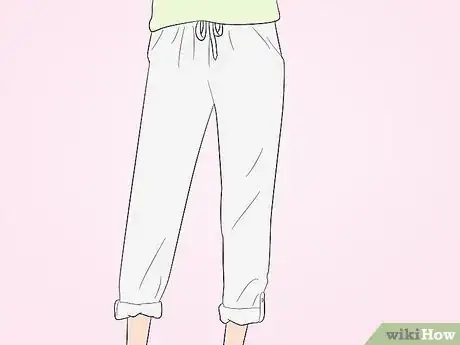
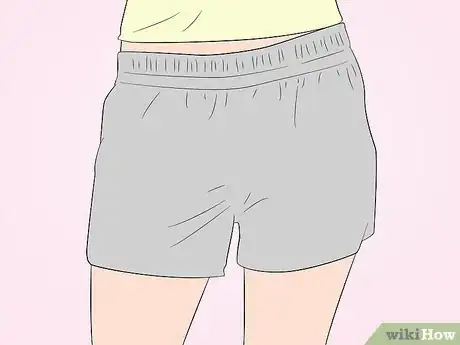
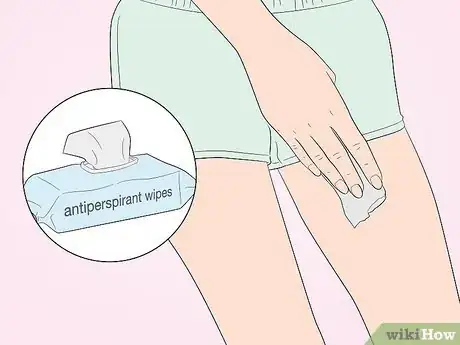
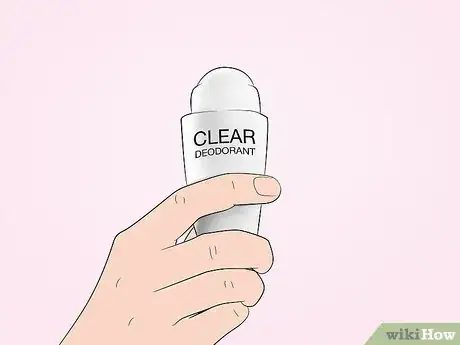
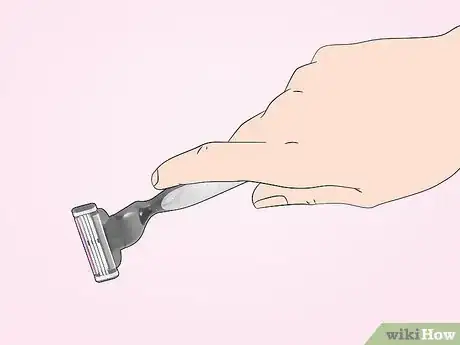
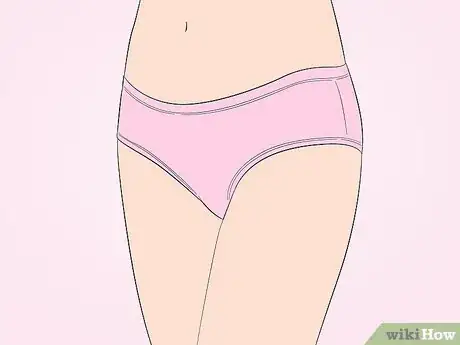

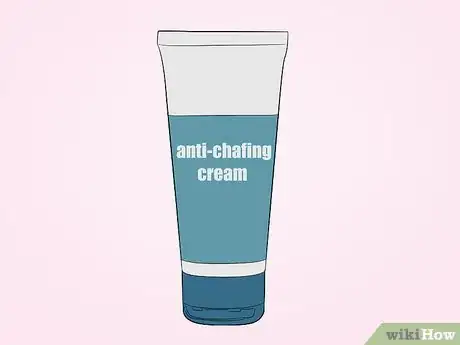
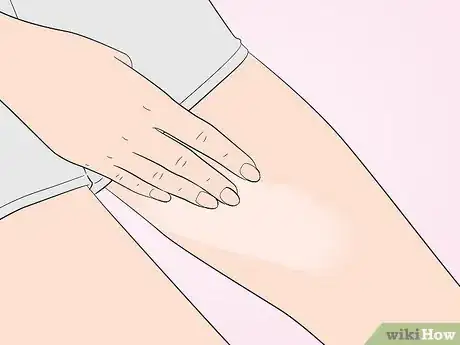
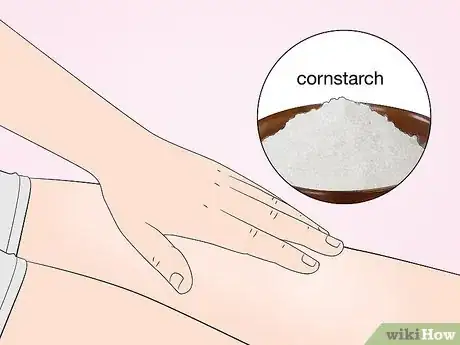

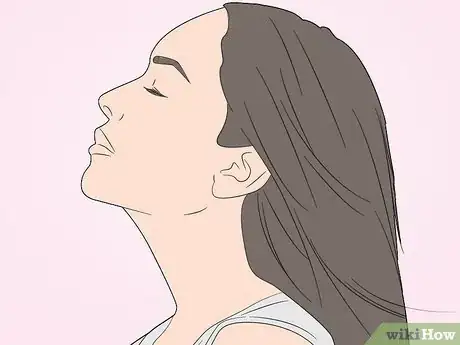
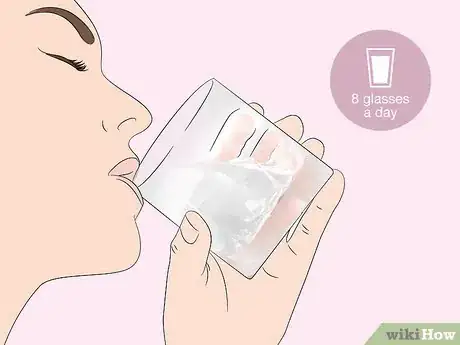










-Step-23-Version-3.webp)
















































